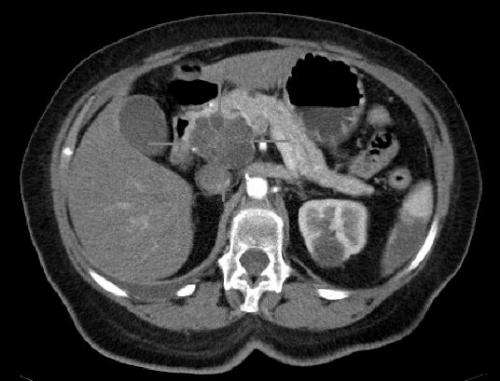Urbanization and Environmental Factors Linked to Rise in Tick-Borne Meat Allergy in Mid-Atlantic US

A recent study conducted by researchers at the University of North Carolina (UNC) at Chapel Hill suggests a connection between land development patterns and the increasing prevalence of Alpha-gal syndrome (AGS), a tick-borne allergy to meat, in the United States. This condition, characterized by allergic reactions to mammalian meat, appears to be influenced by environmental changes associated with urbanization.
The study analyzed data from 462 confirmed AGS patients in the UNC Health system, utilizing environmental models that considered land cover and topography. The findings, published in PLOS Climate, highlight that habitat fragmentation—often caused by open-space development and low-density areas—may facilitate the spread of the lone star tick (Amblyomma americanum), which transmits the allergy-inducing molecule galactose-α-1,3-galactose.
In the US, AGS symptoms typically manifest 2 to 6 hours after consuming meat from animals such as beef, pork, lamb, venison, or rabbit. Clinical presentations vary from mild rashes to severe, life-threatening reactions like low blood pressure, swelling, dizziness, and respiratory difficulties. The condition’s incidence has surged dramatically—from 24 suspected cases in 2009 to over 34,000 in 2019—especially in the mid-Atlantic region.
Environmental factors like land use change and climate change are contributing to this trend. Models indicated that open-space urban development and habitat fragmentation create favorable conditions for the tick habitat, increasing human-tick encounters. Interestingly, the geographic distribution of AGS cases doesn’t perfectly match known tick ranges, partly due to reporting limitations and low awareness among healthcare providers.
The study emphasizes that human behaviors, such as encroachment into tick habitats and land development, play a key role in the rise of tick-borne diseases like AGS. As climate change and urban sprawl continue, these patterns are likely to persist, making public education and environmental management crucial for disease prevention.
For further details, see the original study: Brandon D. Hollingsworth et al, Environmental risk and Alpha-gal Syndrome (AGS) in the Mid-Atlantic United States, PLOS Climate (2025). Source: https://medicalxpress.com/news/2025-04-borne-meat-allergy-urbanization-mid.html
Stay Updated with Mia's Feed
Get the latest health & wellness insights delivered straight to your inbox.
Related Articles
Immunotherapy Enhances Chemotherapy Effectiveness in Stage 3 Colon Cancer Treatment
A groundbreaking clinical trial shows that adding immunotherapy to chemotherapy significantly reduces recurrence and mortality in stage 3 dMMR colon cancer patients, promising a new standard of personalized cancer treatment.
Rising Trends in Severe Childhood Obesity and Associated Health Risks
Childhood severe obesity is rapidly increasing, with new classifications revealing significant health risks including metabolic and cardiovascular diseases. Early intervention is crucial to combat this public health crisis.
Harnessing Gut Bacteria for Early Detection of Pancreatic Cancer
Emerging research reveals that analyzing gut bacteria from stool samples offers a promising, non-invasive method for early detection of pancreatic cancer, potentially saving lives through timely diagnosis.
Innovative AI Tool Enhances Heart Disease Detection Using Standard ECG Data
A cutting-edge AI tool analyzes routine ECG data to detect hidden structural heart diseases, promising earlier diagnosis and treatment opportunities. Developed by Columbia University researchers, EchoNext offers a cost-effective, non-invasive method to identify patients needing further cardiac evaluation, potentially saving countless lives.



